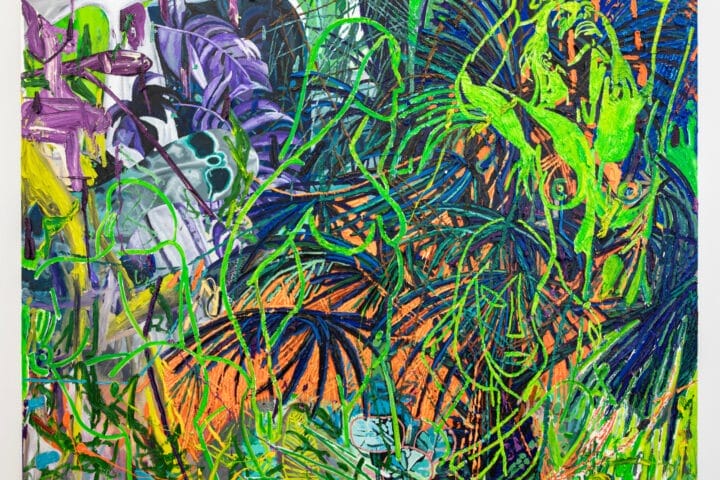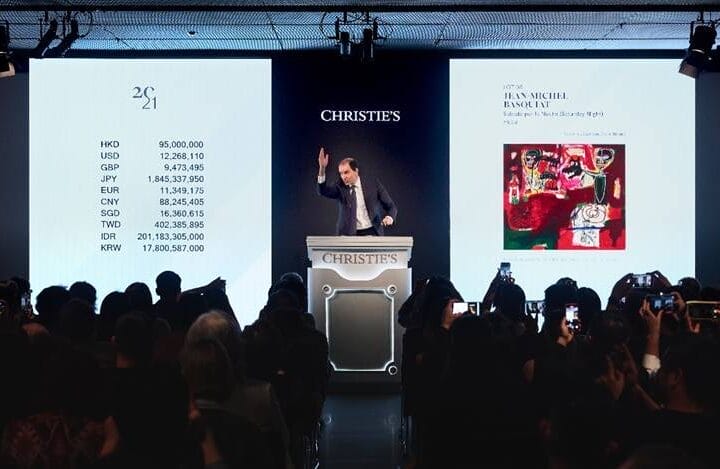Tokyo, May 2024 – Art enthusiasts and cultural aficionados have a landmark event to look forward to this spring. Azabudai Hills Gallery is set to host the first solo exhibition of Alexander Calder’s work in Tokyo in nearly 35 years. Opening on Thursday, May 30, 2024, and running until Friday, September 6, 2024, “Calder: Un effet du japonais” will showcase approximately 100 pieces from the Calder Foundation, including the artist’s iconic mobiles.
Curated by Alexander S. C. Rower, President of the Calder Foundation, New York, and organized in collaboration with Pace Gallery, the exhibition will explore the enduring resonance of Calder’s art with Japanese traditions and aesthetics. The collection spans from the 1930s to the 1970s and includes Calder’s signature mobiles, stabiles, standing mobiles, oil paintings, and works on paper.
Despite never having traveled to Japan, Calder’s work found enthusiastic appreciation among Japanese artists and poets during his lifetime. Today, more than two dozen of his pieces are housed in 18 museums across Japan. Stephanie Goto, a long-time collaborator with the Calder Foundation, has designed a bespoke exhibition layout inspired by the geometry of a 3:4:5 triangle, featuring elegant and modern references to Japanese architecture and materials. This design underscores Calder’s collaborations with the leading architects of his time.
“Calder: Un effet du japonais” is part of a new curatorial partnership between Azabudai Hills Gallery and Pace Gallery, which will open a permanent space in Tokyo’s Azabudai Hills in July 2024. Pace Gallery, which has worked closely with the Calder Estate since 1984, has presented numerous exhibitions of Calder’s work globally, including in Hong Kong and Seoul. In conjunction with the exhibition, Pace Publishing will release a new catalogue available in both English and Japanese.
About Alexander Calder
Born in 1898 in Lawnton, Pennsylvania, and passing in 1976 in New York City, Alexander Calder is widely regarded as one of the most important artists of the 20th century. Coming from a family of celebrated, classically trained artists, Calder revolutionized the art world with his innovative approach to sculpting. By bending and twisting wire, he essentially “drew” three-dimensional figures in space.
Calder is best known for inventing the “mobile,” a form of kinetic art where suspended abstract elements move and balance harmoniously. The term “mobile,” coined by Marcel Duchamp in 1931, refers to “motion” and “motive” in French. Initially motorized, Calder’s mobiles evolved to respond to air currents, light, humidity, and human interaction, making movement a key element of his art. His stationary abstract works, known as “stabiles,” were named by fellow artist Jean Arp.
While renowned for his mobiles, Calder also worked across various mediums, including painting, drawing, printing, and jewelry making. From the 1950s onwards, he increasingly focused on international commissions, creating grand-scale outdoor sculptures from bolted steel plates. These monumental works are now featured in public spaces worldwide.










